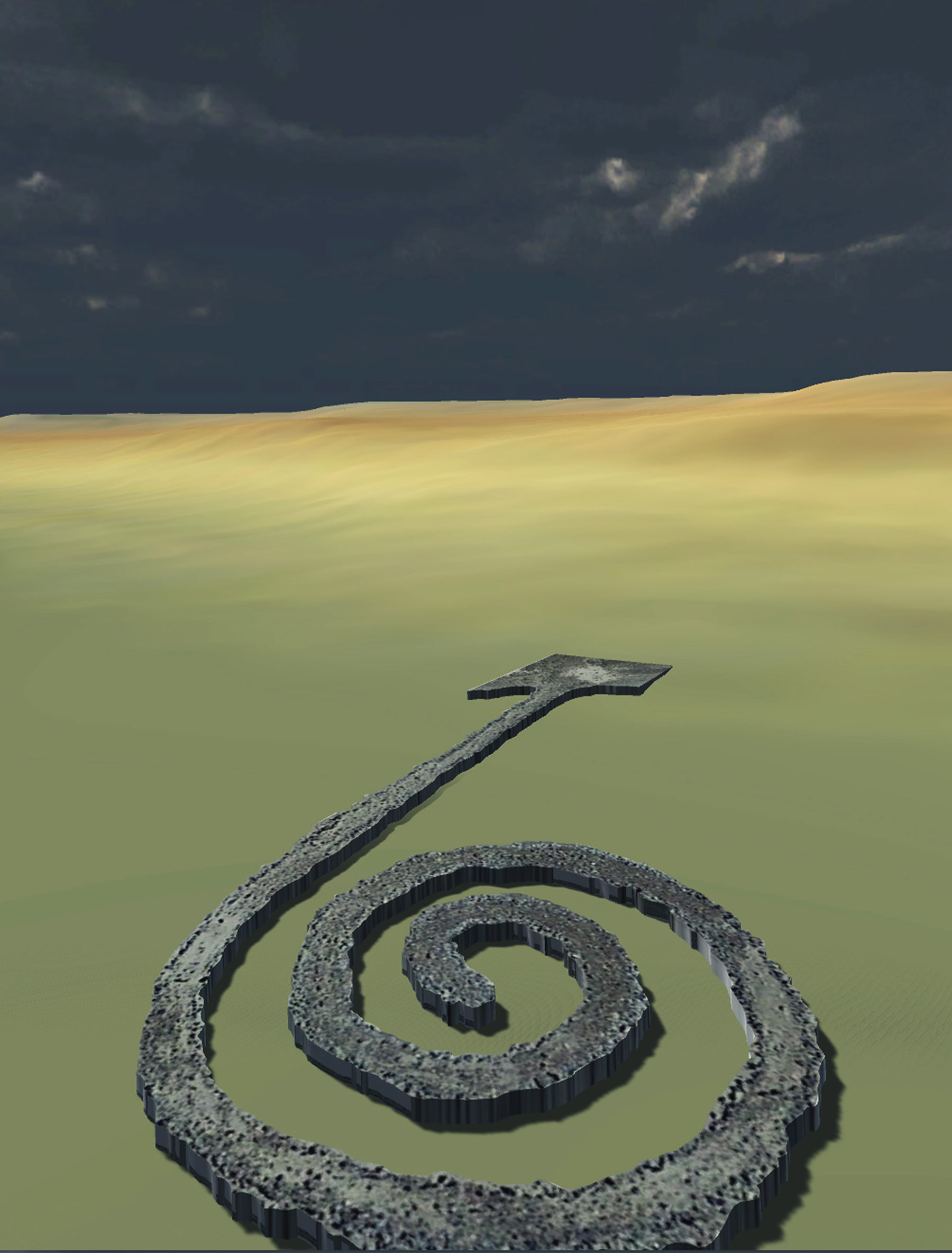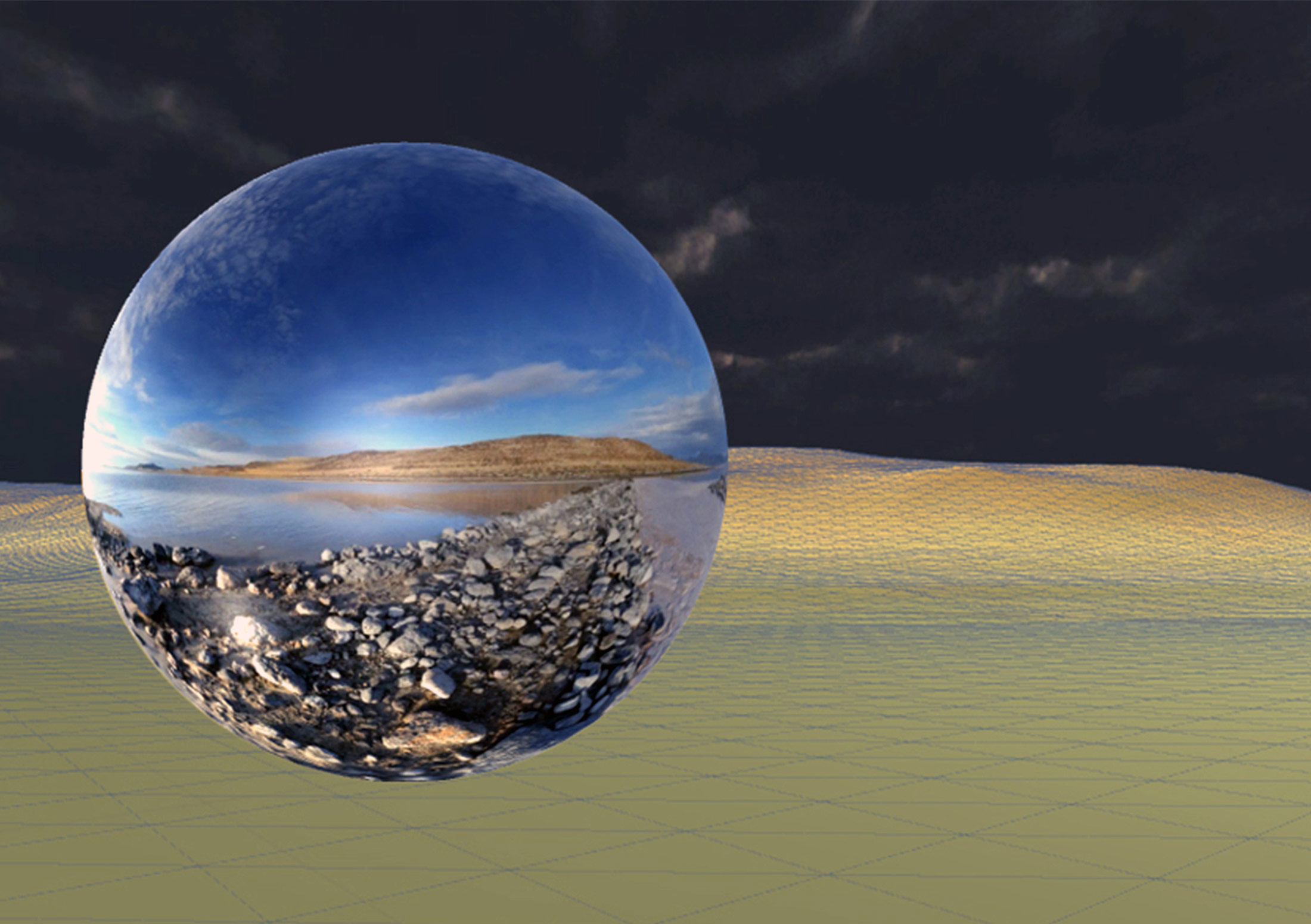Visuelle Kommunikation
Master
Nikolai Hafen
Embody Me – Virtual Reality as a Tool to Document Spatial Experiences



“One must hurry up if one wishes to see anything. Everything is disappearing.”
How does one keep memories of things alive of which one already knows that they will eventually disappear? The question how experiences can be preserved always has been an important motivation to mankind.
All media invented over the centuries sought to document reality. In the evolution of media, a new medium normally fulfilled a certain task more effectively than the ones available before. Thanks to the invention of the computer, there is now a tool that can be used for a wide range of different purposes. It incorporates most, if not all, capabilities of earlier media. Besides, it extends the range of possibilities by adding simulation and interaction. These are two essential aspects of spatial experience in real life, which other media have not been able to realize.
Computers enable us to experience a representation of the physical world with its three dimensions by way of a simulation. Today, an observer is able to change positions and perspectives by manipulating the simulation of an image. This allows us to get different impressions of a spatial representation. Neither photographs, nor films are able to provide the same experience.
While filming puts the cameraman in the position of an observer, a computer simulation offers an (inter)active role and, thus, an individual spatial experience. There does not seem to be a non-perceivable ‘off-screen space’, as film theorist Noel Burch puts it.
Besides, interaction and simulation lead to an increased feeling of immersion by eliminating the difference between observing a real space and its virtual representation. This has always been regarded as an essential aspect of creating spatial experiences.
Examples for this can be found in the emergence of cinemas or the IMAX as well as in our constantly rising need for larger TV screens and smartphone displays.
While the development of technology changed the ways we document reality, not much has changed in the ways we try to achieve a higher sense of immersion. That is, until recently.
In my Master thesis I am investigating a form of virtual reality of which its creators say that it will solve the problem of limited immersion once and for all. It will also, to use Noel Burch’s term, eliminate the off-screen space of the medium itself, generating the ultimate display, as Ivan Sutherland, a pioneer of computer graphics, once called it. If there is no difference in perception, there ought to be no difference between Sutherlands ultimate display and our normal peripheral view – at least in theory.
I am exploring the form of spatial documents and how the simulation of an embodied three-dimensional experience could be further enhanced by photographic images as a conventional tool of documentation. In doing so, I primarily ask how the two layers of information will influence each other once they are being placed in the same virtual environment and how our perception of both the image and the model will change due to this interaction of informational layers.
Nikolai Hafen
nikolai.hafen@gmx.ch, www.nikolaihafen.ch
Institut Visuelle Kommunikation, FHNW HGK, Freilager-Platz 1, CH-4023 Basel
+41 61 228 41 11, info.vis_com.hgk@fhnw.ch, www.fhnw.ch/hgk/ivk



